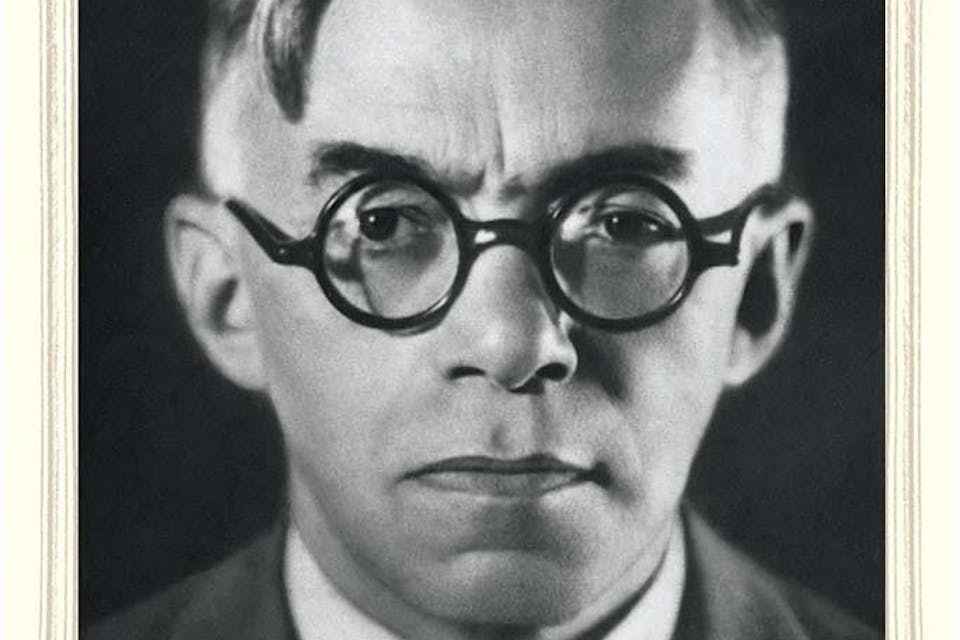
June 11, 2014
Who Was Jabotinsky?
The reputation of a great Zionist founding father has suffered from three stereotypes. None is true.
When speaking of Vladimir Jabotinsky (1880-1940), Menachem Begin habitually referred to him by the traditional rabbinical honorific of rabi v’mori, “my master and mentor.” And yet Begin was in some ways, as Daniel Gordis writes in his recently published biography, “the most Jewish prime minister that Israel has ever had,” while Jabotinsky, in the eyes of many of his contemporaries and not a few historians of our own time, was the “least Jewish” Zionist leader of his age. Did Begin deliberately overlook this in honoring the man whose follower he was as a young Polish Zionist in the 1930s? Did he misunderstand Jabotinsky? Or did he understand him better than others did?
Jabotinsky, as I observe in my own newly published biography, was not the product of the assimilated or even semi-assimilated Jewish home that he is commonly thought to have been. His widowed mother (his father died when he was a small boy) kept a kosher kitchen, regularly lit Sabbath candles, spoke Yiddish far better than Russian, and saw to it that her son studied Hebrew and had bar-mitzvah lessons. This is not what is generally thought of as assimilation, even if Jabotinsky rarely attended synagogue as a boy and had little familiarity with the world of Jewish religious ritual that Begin was thoroughly at home in.
Nor would anyone have thought of it as assimilation had Jabotinsky grown up in Central or Western Europe, where real assimilation was widespread, rather than in the Czarist empire, where it was not. Yet the Eastern Europe he grew up in was that of cosmopolitan, sophisticated Odessa, the least East-European-like city ruled by the Czar, and, Jewishly speaking, the distance between him and Begin might be said to have been no greater, if also no less, than the distance between late-19th- and early-20th-century Odessa and Begin’s native town of Brest-Litovsk, the Jewish Brisk, in the 1920s and ’30s.